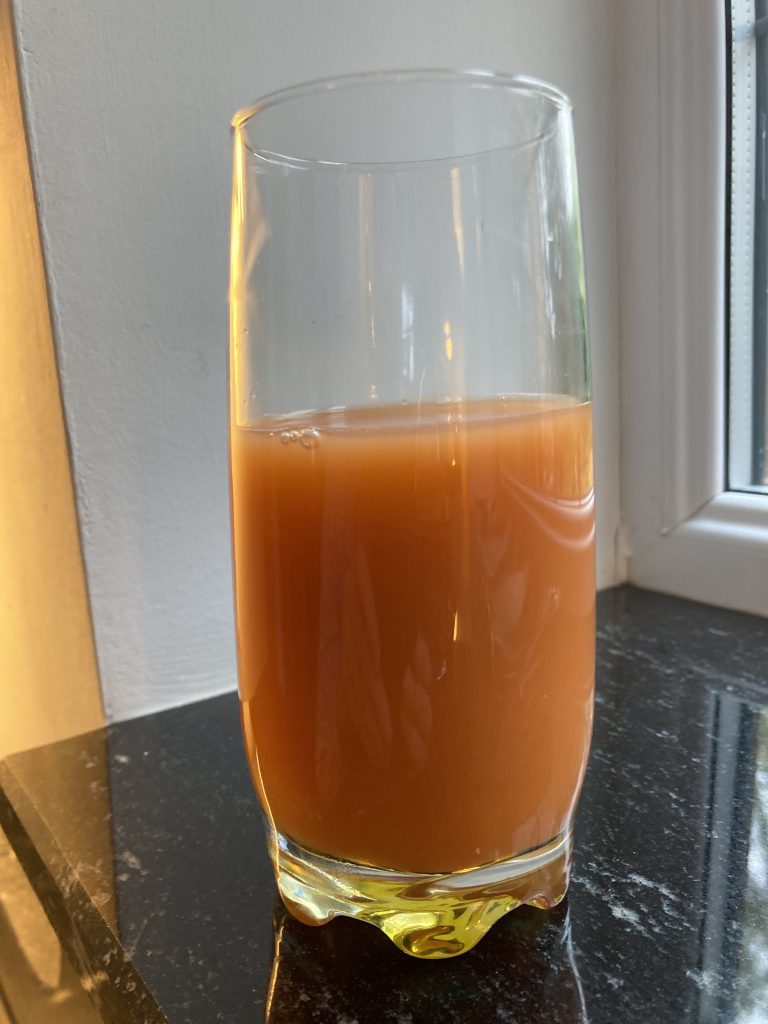CHERNOBYL, FUKUSHIMA AND A REMARKABLE NUTRIENT
The gripping TV series, Chernobyl was the highest scored TV series in history. No wonder. It showed graphically the full horror of what can happen when a nuclear reactor malfunctions. As terrible as the disaster was, it could have been much worse. If further explosions had followed then most of Europe would have been uninhabitable for centuries.
Like many viewers, I was struck by the sheer lunacy of building nuclear power plants in the first place. However good any technology is, sooner or later, accidents will happen. But with nuclear accidents the consequences are likely to be catastrophic. And this was not the only nuclear disaster. There was a full meltdown not only at Chernobyl but also at Fukushima plus a partial meltdown at Three Mile Island. Design faults and human error have played their part in all three. While watching Chernobyl, we were treated to the full horror of how these events enfolded.
During the drama, we saw distressing scenes of firemen dying slow, horrific deaths following exposure to high levels of radiation. However, at Fukushima, also a level seven nuclear disaster, the outcome was very different. Deaths in emergency workers didn’t occur. But why? The reason can be found in an extraordinary story of innovation by highly committed doctors faced with a potentially overwhelming disaster that nothing could have prepared them for, but this is also a story about the power of a remarkable life-preserving nutrient.
On 11th March 2011 a massive earthquake hit Japan and seriously damaged the Fukushima nuclear plant, releasing dangerously large amounts of cesium into the atmosphere (168 times more than released from Hiroshima) and leading to a meltdown of the reactor. Access is still prohibited within 20km of the plant. Even today radioactive material is being released into the Pacific Ocean.
The doctor’s chief concern was protecting emergency workers, who needed to go back into the plant, and the local population who were being exposed to high levels of radiation. In the meantime, the government issued bland reassurances. In reality they had already calculated that the radioactive discharge would lead to an excess of 25,000 cancers.
At this point doctors, led by Dr Atsuo Yanagishawa, didn’t know what they could do. However their investigations led them to a ground-breaking study on mice exposed to radiation.
In this study, one group of mice were given a large dose of radiation. They all died, as expected, from lethal gastro-intestinal syndrome. A second group were given the same dose of radiation but only after they had received 150 grams per kilogram weight of vitamin C for three days. Of these, 60% survived two weeks, and all of the 42% who survived for 24 days, survived long-term. The study concluded that Vitamin C gave significant and often life-saving protection from radiation.
There is a reason for this. Surprisingly, only 20% of the damage from radiation is due to a direct hit. Eighty per cent of the damage develops later. This secondary damage is due to reactive oxygen created by the radiation which in turn produces massive damage to genes and cell membranes. This secondary damage can be prevented by Vitamin C if given at an equivalent dose in humans (which is 8 to 10 grams daily).
The authors of the study understood the immense significance of this research should a nuclear incident occur in the future. No other treatment exists that could help in such a scenario.
Dr Yanagishawa and his colleagues immediately realised the huge importance of this study. They gave preventative doses of Vitamin C to emergency workers and followed them up closely. Despite the treatment, five out of sixteen emergency workers developed precancerous genetic changes. In response to this the Japanese doctors treated them with intravenous Vitamin C and other anti-oxidants such as selenium and alpha-lipoic acid. In every case the genetic changes returned to normal within two months. This was a first for science.
The Japanese doctors had proved conclusively that Vitamin C and other anti-oxidants can not only prevent radiation damage but can reverse genetic damage brought about by radiation. It remains the only known way of preventing deaths in this situation. Suffice to say, this could make the difference between life and death in anyone exposed to large doses of radiation. It is also the story about the awesome power of a cheap and widely available nutrient.
Realising the momentous implication of their discovery, the team sent out press releases to the media and government expecting a flood of inquiries. To their surprise there was no response; no one wanted to know.
This wasn’t the first time that Vitamin C had given results that can only be described as extraordinary. A meta-analysis of studies using Vitamin C in sepsis has shown it reduces mortality by 83%. Sadly these studies have also received little interest from mainstream medicine and it is rarely used in this situation.





